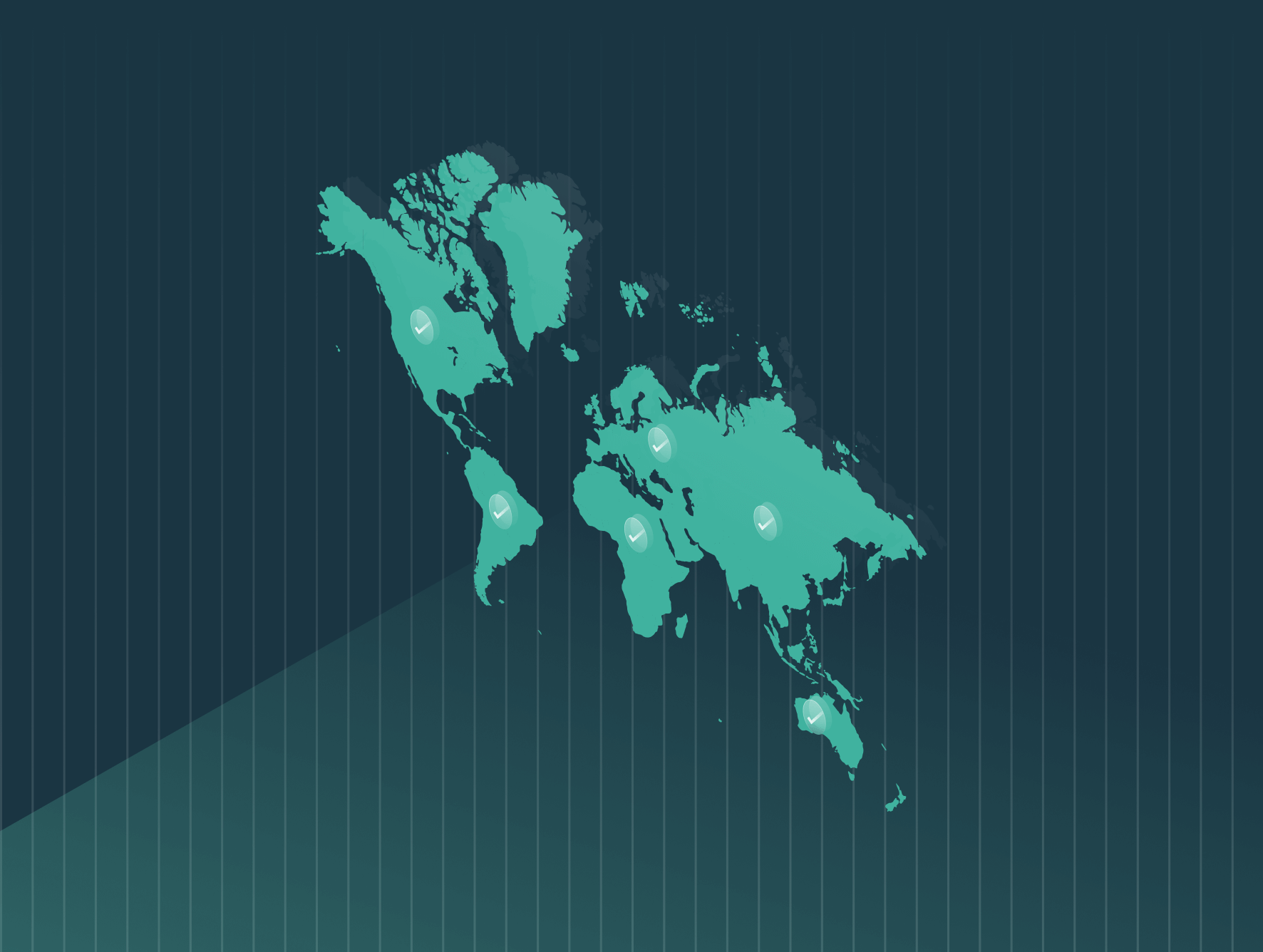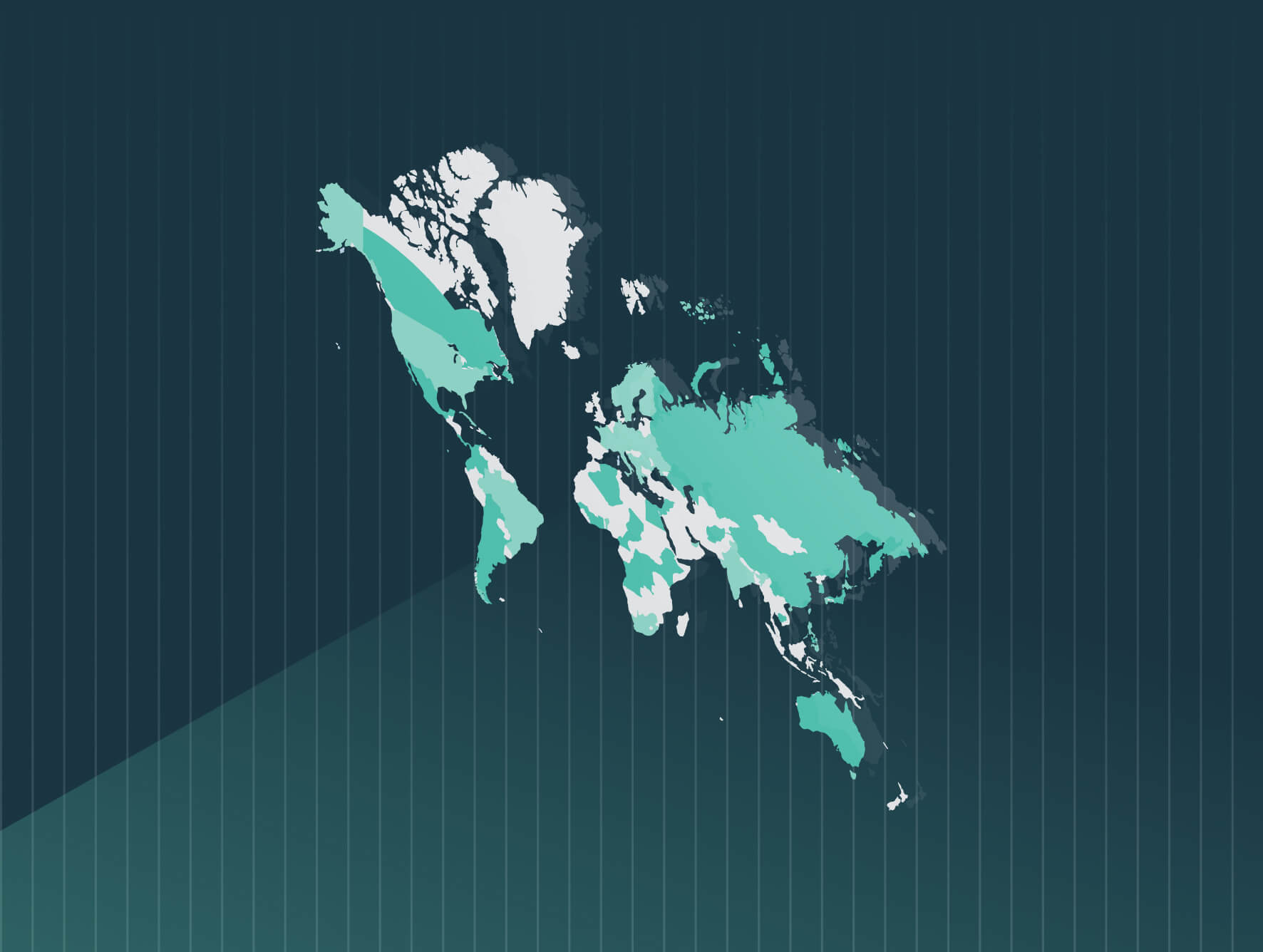Introduction
On Nov. 23, 2023, Brazil’s Ministry of Labor issued Federal Decree No. 11,795/2023, which regulated its Equal Pay Act 14,611 of July 3, 2023. In addition, Ordinance 3,714/2023, released on Nov, 24, 2023, provides additional detail on reporting requirements, and the Ministry of Labor and Employment’s (MTE) role in monitoring compliance.
Private Brazilian employers with 100 or more employers are required to submit employee data to enable the MTE to generate biannual Salary Transparency and Remuneration Criteria Reports.
Brazil is ranked 110th out of 146 countries for “wage equality for similar work” in the World Economic Forum’s 2023 Global Gender Gap Report. Its current gender pay gap is 19.4%.
Brazil reporting requirements
Who needs to report?
Private companies with 100 or more employees that have their “headquarters, branch or representation in Brazilian territory constituted in fact or law.”
What to report?
Applicable employers must submit employee pay data, gender, and job groupings to the Ministry of Labor and Employment as follows:
- Company job roles or occupations grouped by the Brazilian Classification of Occupations (CBO), together with their respective duties, and;
- The value of the following: (a) contractual salary (monthly); (b) thirteenth salary; (c) gratuities; (d) commissions; (e) overtime; (f) increased pay rates for night shifts and working in risky or hazardous conditions; (g) vacation; (h) payments due during notice period; (i) paid weekly time off; (j) tips; (k) any other payments to the employee arising from current laws or collective bargaining agreements.
In addition, employers are required to provide details on how they will increase workplace diversity and inclusion and support their female employees. That information must include:
- Documentation relating to career frameworks and job and compensation plans;
- Pay criteria for access and career progression or advancement of employees;
- Information on incentives to hire women;
- Criteria for promotion of employees to leadership and management positions, and;
- Initiatives and programs to support the sharing of family obligations and reduce the burden on women.
All data contained in the reports must be anonymized, subject to the protection of personal data referred to in Law No. 13,709, of Aug. 14, 2018 (General Data Protection Law LGPD).
Where and when to report?
Regulatory filing Reports are submitted via the following portals:
- eSocial: For quantitative data, i.e., information on job roles and pay data.
- Emprega Brasil Portal: For qualitative data, including details on career frameworks, and incentives to hire women.
The Ministry of Labor and Employment uses the data submitted by employers to carry out a pay equity analysis and generate Salary Transparency and Remuneration Criteria Reports which are published on its Labor Statistics Platform.
External reporting
Reports must also be published on the company’s website, social media networks or similar, to ensure they are widely distributed, including to employees, collaborators, and the public.
Internal disclosure
No internal disclosure is required.
Deadlines and cadence
Data must be submitted biannually in March and September. Initial reports were due on March 15, 2024.
Brazil pay transparency requirements
There are currently no legal requirements for employers to post salary details to applicants or employees in Brazil regarding specific positions.
Employment equity standards
Article 461 of the Brazil Labor Code (Consolidação das Leis do Trabalho, “CLT”) guarantees equal pay for equal work when that work is performed for the same employer, without regard to gender, ethnicity, nationality or age.
“Equal value” is defined as work performed with equal productivity and technical proficiency. Comparison is limited to employees whose difference in tenure is no more than 2 years. Exceptions apply if the company has implemented a career framework.
Brazil’s labor laws are supported by Law No 14,457/2022 which incorporates the Employ + Women Program (Emprega + Mulheres Programa). Designed to strengthen protections for women in the workplace, the program offers employers options to support working women and families. Companies that meet the program’s required standards are awarded the Emprega + Mulheres label, identifying them as a preferred employer.
Brazil has had an Equal Pay Law in place since 1943.
The risks of non-compliance
Financial penalties for non-compliance may include an administrative fine of up to 3% of the company’s payroll, capped at 100 employee salaries. In the event of pay discrimination, employers could be subject to a fine 10 times the value of the new salary paid to the discriminated employee. The salary difference must also be paid. Employees can seek compensation for additional damages.
Developing an action plan
If the Ministry of Labor and Employment identifies pay inequities in the company’s reports, employers will need to create an action plan to address wage inequalities, including:
- Measures to be adopted to address pay disparities, together with goals and deadlines, which must be evaluated at least every six months.
- Creation of training programs related to: (a) Training managers, leaders, and employees on the topic of equality between women and men in the labor market; (b) Promoting diversity and inclusion in the workplace; and (c) Training for women to enter, remain and rise in the labor market on equal terms with men.
- Trade unions and employee representatives should participate in creating and implementing the action plan.
The action plan must be submitted within 90 days of notification by the Ministry of Labor and Employment.
How can Trusaic assist with Brazil salary transparency and remuneration criteria report compliance?
1. Comply – Use Trusaic’s RAPTR solution to complete required reporting by compliance deadlines:
Applicability determination: Perform an accurate assessment of your applicability, according to jurisdictional specific definitions and regulatory frameworks so you can understand your reporting obligations across the globe.
Deadline management: Prepare ahead of time with project timelines, timely notifications, and reminders, to keep you on track to meeting jurisdictional deadlines.
Expert legal guidance and support: Benefit from the expertise of our trusted pay equity attorneys, so you understand your compliance requirements across a diverse global regulatory landscape. Receive world-class customer support, including assistance throughout the compliance process.
Streamlined data extraction: Collect the necessary data for analysis and submission with a simple click of a button; powered by certified data integrations with the world’s largest HCM, HR and Payroll platforms, including Workday, SAP, UKG and ADP. Provide data through Trusaic’s Pay Equity platform, a SOC 2 Type II and GDPR-compliant tool for data transmission.
Data quality assurance: Trusaic performs data validations to ensure your collected data and information aligns with the standards and definitions provided by each jurisdiction.
Compliant report outputs: Take away the burden of reporting by effortlessly generating outputs containing necessary compliance information.
Reporting checklist: Follow step-by-step guidance on where, when and how to report to any jurisdiction’s regulatory body, as well as your required internal disclosure and public posting obligations.
2. Correct – Use PayParity® to understand, explain and resolve pay disparities:
Risk assessments: Stay aware of any potential exposure to any government audit or litigation. Our cross-functional team of data scientists, statisticians, and government regulatory compliance experts have rigorously worked to reverse-engineer the calculations that will be used by jurisdictions to estimate pay disparities, so you can prepare in advance.
Understand your pay gaps: Leverage Trusaic’s pay equity software solution to explain your pay gaps so you can understand the root causes and safeguard from equal pay claims and legal action.
Resolve pay disparities: Make pay adjustments where applicable so you can eliminate pay disparities and show improvements in your reported pay gaps from one year to the next.
3. Communicate – Use Trusaic’s Pay Equity solutions to communicate narratives and share salary ranges with confidence:
Pay equity narrative: Communicate the sources of your pay gaps, progress objectives, and corrective measures to employees and internal stakeholders with Trusaic’s TrueTransparency™. Show data-backed progress in your pay gaps over time.
Salary range explainability: Use Salary Range Finder® to establish and post competitive and equitable pay ranges to confidently comply with pay transparency laws.
Mitigate risk of recurrent pay disparities: Ensure new hires receive unbiased pay offers with the use of external labor market data and internal pay equity analytics to reduce unplanned and expensive pay remediations.
The EU Directive
Brazilian organizations with operations in EU member states will be required to comply with gender pay gap reporting in those countries.
Trusaic is GDPR compliant and can assist any organization in any EU state in meeting its obligations under both the EU Corporate Sustainability Reporting Directive and the EU Pay Transparency Directive.








